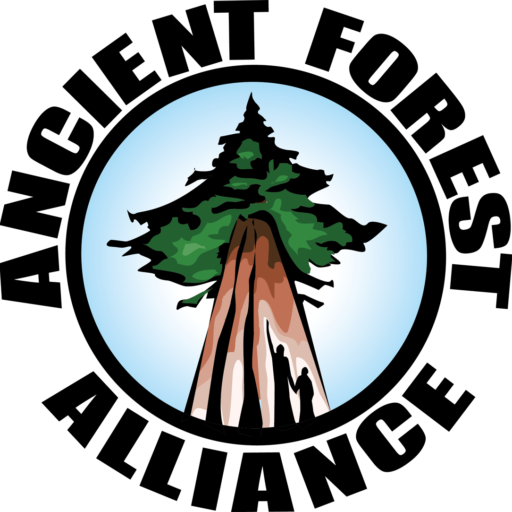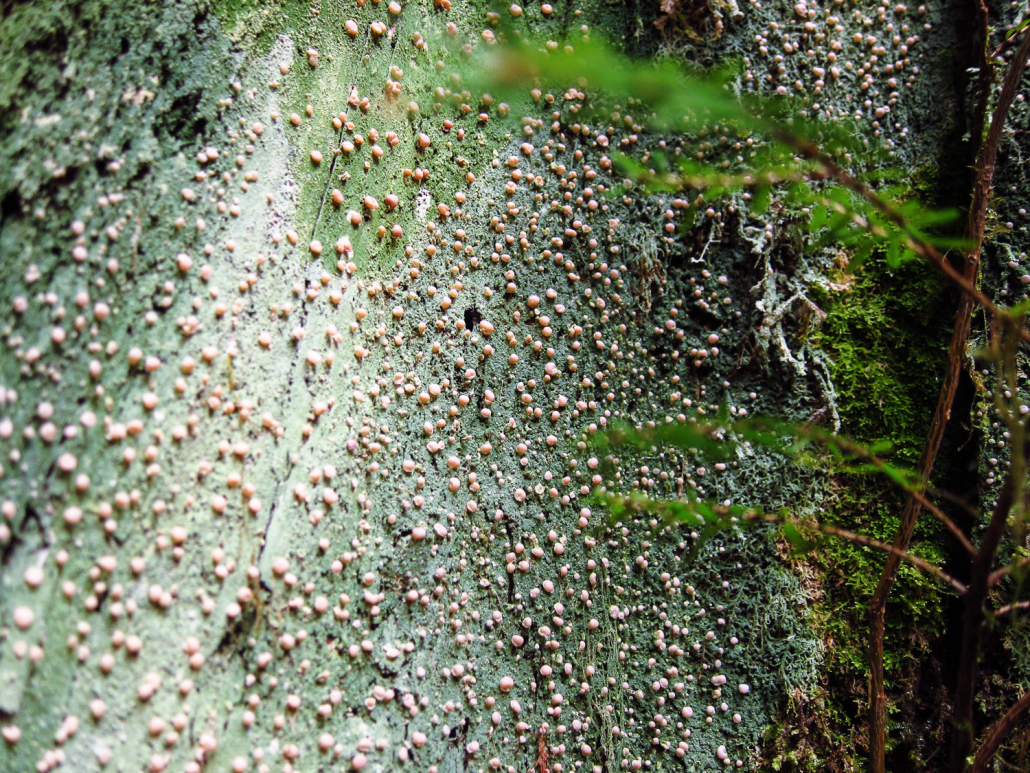
Fairy Puke Lichen
Among the myriad lichens that adorn and encrust the coastal rainforest, few are as striking as Icmadophila ericetorum. This mint-green carpet speckled with tiny pink globes is known as “peppermint drop lichen” or “candy lichen” to some, but in British Columbia, most prefer the evocative nickname “fairy puke lichen” to capture its unique blend of the sickly and the fanciful.
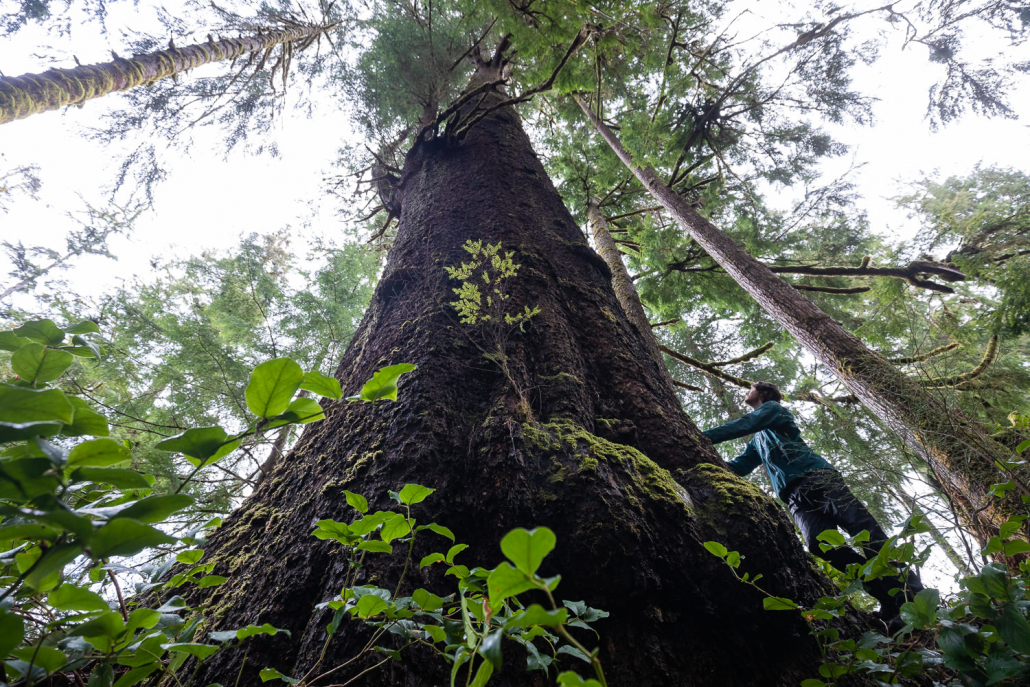
Thank You To Our Awesome Business Supporters
We are incredibly grateful for the support we receive from BC's business community. Thank you to:
Leckie Studio Architecture + Design for including the AFA as one of their priority organizations to…
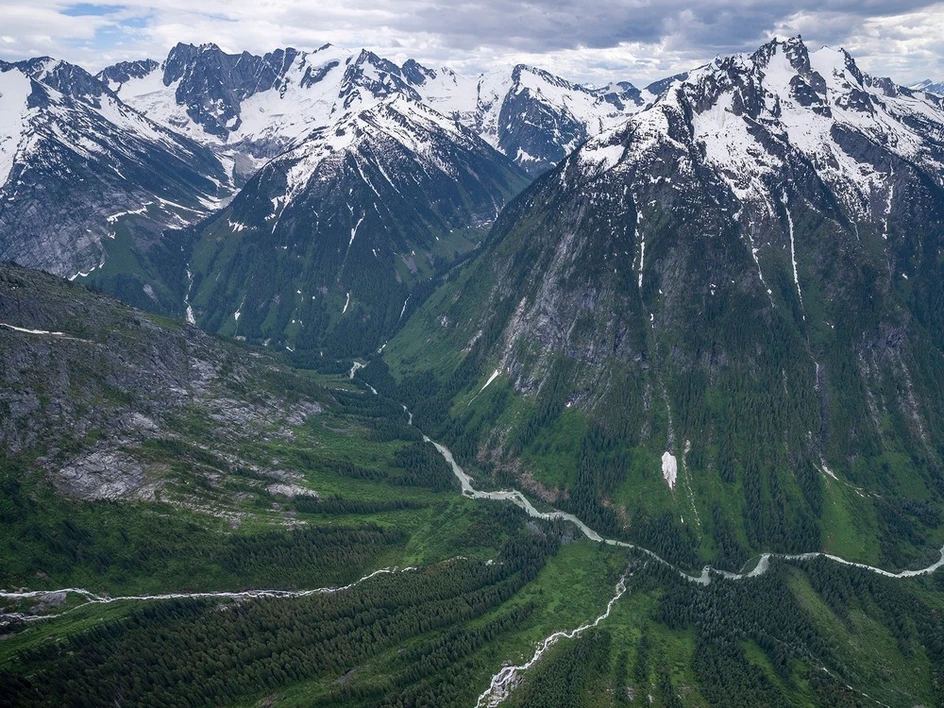
Rare swath of BC rainforest set aside for permanent protection
The province has committed to protecting the still-intact swaths of rare interior temperate rainforest in the Incomappleux Valley east of Revelstoke in a deal brokered by the Nature Conservancy of Canada.
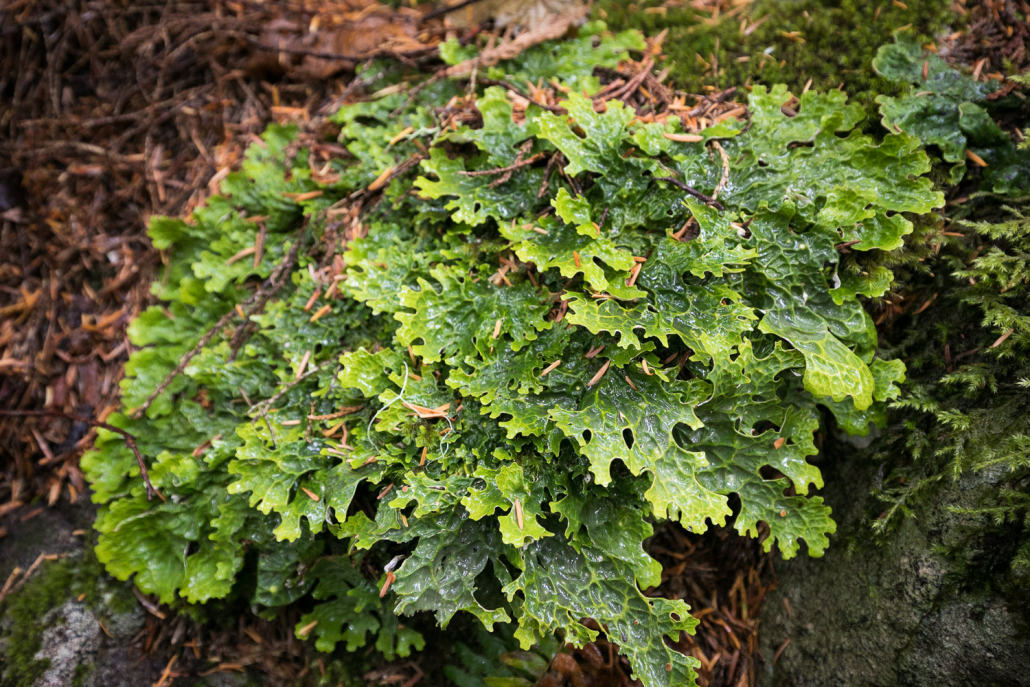
Lobaria Lichen
Lobaria lichens play a crucial role in forest ecology. They are able to accomplish the rare feat of fixing atmospheric nitrogen—an essential nutrient for plant growth, though almost no organisms are able to extract it from the air. These lichens mine this precious nutrient from the atmosphere and when they fall to the forest floor and decay, that nitrogen is made available to the entire ecosystem.
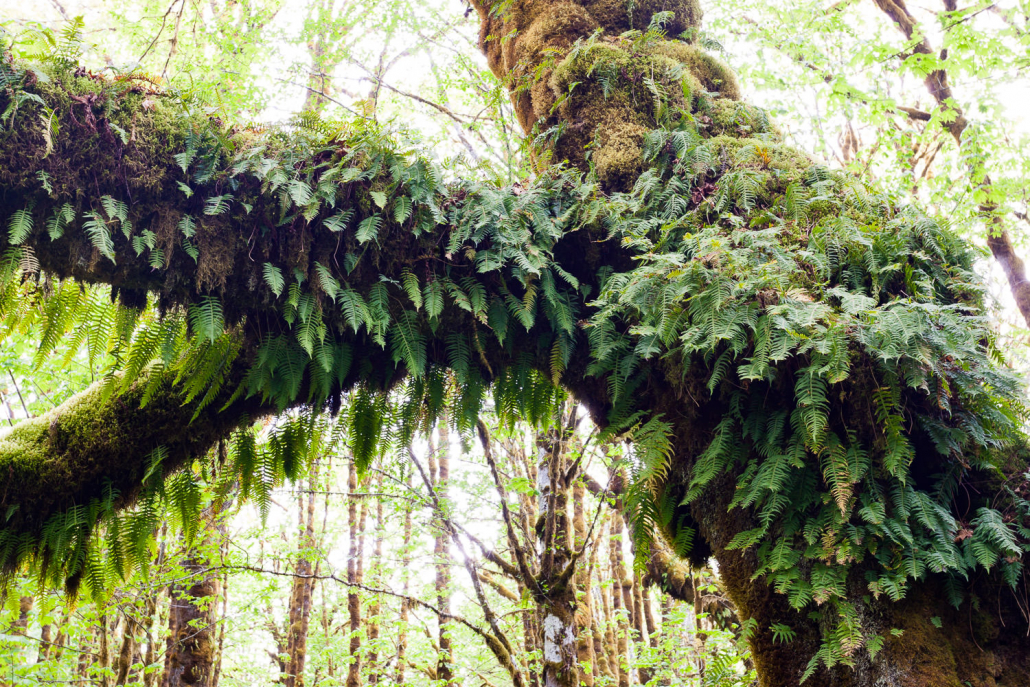
Licorice Ferns
The licorice fern is a dainty forest dweller primarily found growing on mossy rock faces and the trunks and mossy branches of old-growth trees, sometimes hundreds of feet above the ground in the forest canopy.
Slime Mold
Slime molds are among the oddest creatures of the rainforest. These frequently brightly coloured organisms represent an interphase between the multicellular bodies of plants and animals and the unicellular world of amoebas and other protists.
